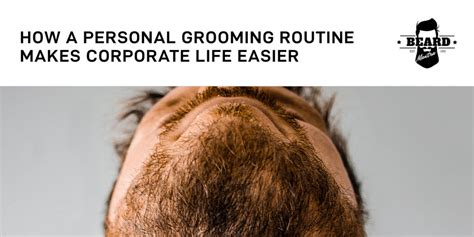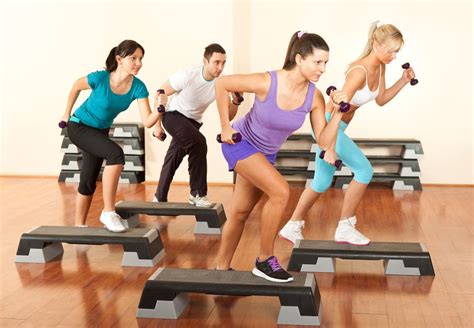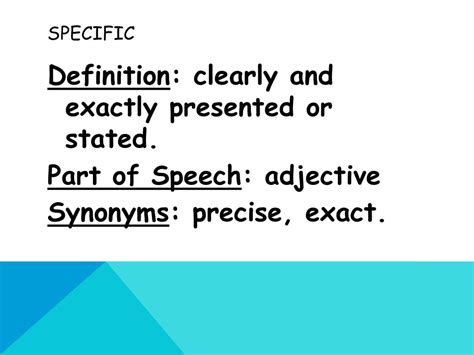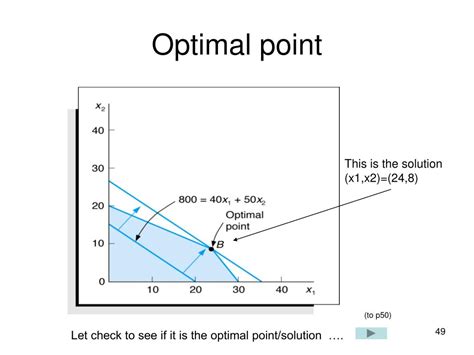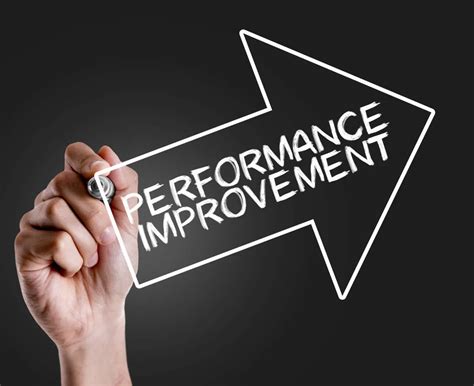What recovery gear optimizes muscle repair for peak performance gains?
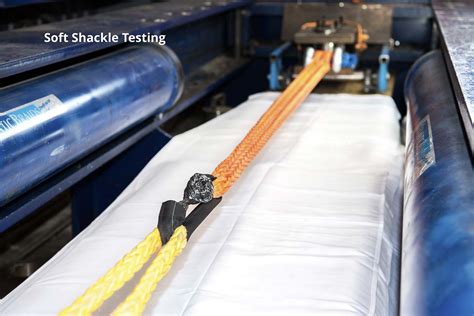
The Critical Role of Recovery in Athletic Excellence
In the relentless pursuit of peak athletic performance, the spotlight often falls on training intensity, nutrition, and technique. Yet, an equally vital, if sometimes overlooked, component is recovery. Effective recovery isn’t just about resting; it’s an active process of muscle repair, inflammation reduction, and physiological restoration that directly impacts your ability to train harder, adapt faster, and perform at your best. Investing in the right recovery gear can significantly optimize these processes, transforming downtime into a powerful catalyst for performance gains.
Compression Garments: Enhancing Circulation and Reducing Soreness
Compression garments, from socks and sleeves to full-body suits, are a cornerstone of many athletes’ recovery protocols. By applying graduated pressure, these garments help improve blood flow, which is crucial for delivering oxygen and nutrients to damaged muscle tissue while simultaneously flushing out metabolic waste products like lactic acid. This enhanced circulation can significantly reduce post-exercise muscle soreness (DOMS) and accelerate the repair process.
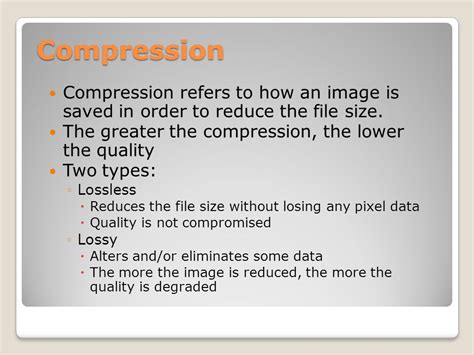
Myofascial Release Tools: Unlocking Mobility and Alleviating Tension
Tight muscles and myofascial trigger points can impede range of motion and contribute to soreness. Tools designed for myofascial release are invaluable for addressing these issues. Foam rollers, often the first line of defense, allow athletes to apply self-massage to large muscle groups, breaking up adhesions and improving tissue elasticity. Massage guns, with their percussive therapy, offer a more targeted and intense approach, penetrating deeper into muscle tissue to release stubborn knots and enhance blood flow to specific areas.

Pneumatic Compression Systems: Advanced Lymphatic Drainage
Building on the principles of compression, pneumatic compression boots (often seen as large, inflatable sleeves for legs) utilize sequential compression to mimic the body’s natural muscle pump. These systems gently massage limbs, moving fluids out of the extremities and back into the circulatory system. This not only aids in reducing swelling and inflammation but also helps remove metabolic byproducts more efficiently, leading to faster recovery and reduced muscle fatigue.
Cold and Heat Therapy: The Dynamic Duo for Muscle Repair
The strategic application of cold and heat can be incredibly effective in muscle recovery. Cold therapy, such as ice packs or even targeted cryotherapy devices, helps constrict blood vessels, reducing inflammation and numbing pain. Following the initial inflammatory phase, heat therapy (e.g., heating pads, warm baths) promotes vasodilation, increasing blood flow to bring nutrients and oxygen to the healing tissues, facilitating repair and easing muscle stiffness.

Electrical Muscle Stimulation (EMS) and TENS Devices: Passive Recovery and Pain Relief
EMS (Electrical Muscle Stimulation) and TENS (Transcutaneous Electrical Nerve Stimulation) devices offer different, yet valuable, recovery benefits. EMS devices send electrical impulses to muscles, causing them to contract and relax. This can be used for active recovery without joint stress, improving local circulation, and flushing waste products. TENS devices primarily target pain relief by stimulating nerves and blocking pain signals, offering respite from post-workout discomfort.
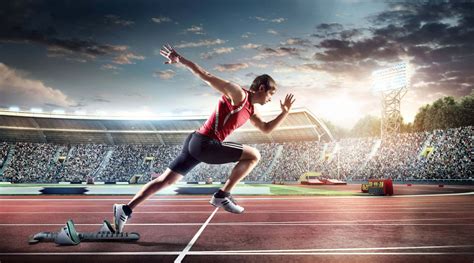
Integrating Recovery Gear for Holistic Performance Enhancement
No single piece of recovery gear is a magic bullet; the most effective approach often involves a combination tailored to individual needs and specific training demands. Understanding how each tool contributes to muscle repair, inflammation control, and overall physiological restoration allows athletes to create a personalized recovery protocol. Consistency in using these tools is paramount, transforming them from occasional luxuries into indispensable components of a performance-driven lifestyle.

Conclusion: Empowering Your Body’s Natural Healing Process
Optimizing muscle repair with the right recovery gear is not just about alleviating discomfort; it’s about empowering your body’s natural healing processes to adapt and grow stronger. By strategically incorporating compression, massage, thermal therapies, and electrical stimulation into your routine, you can significantly reduce recovery time, minimize injury risk, and ensure your muscles are primed for peak performance, session after session. Prioritize your recovery, and watch your performance soar.
